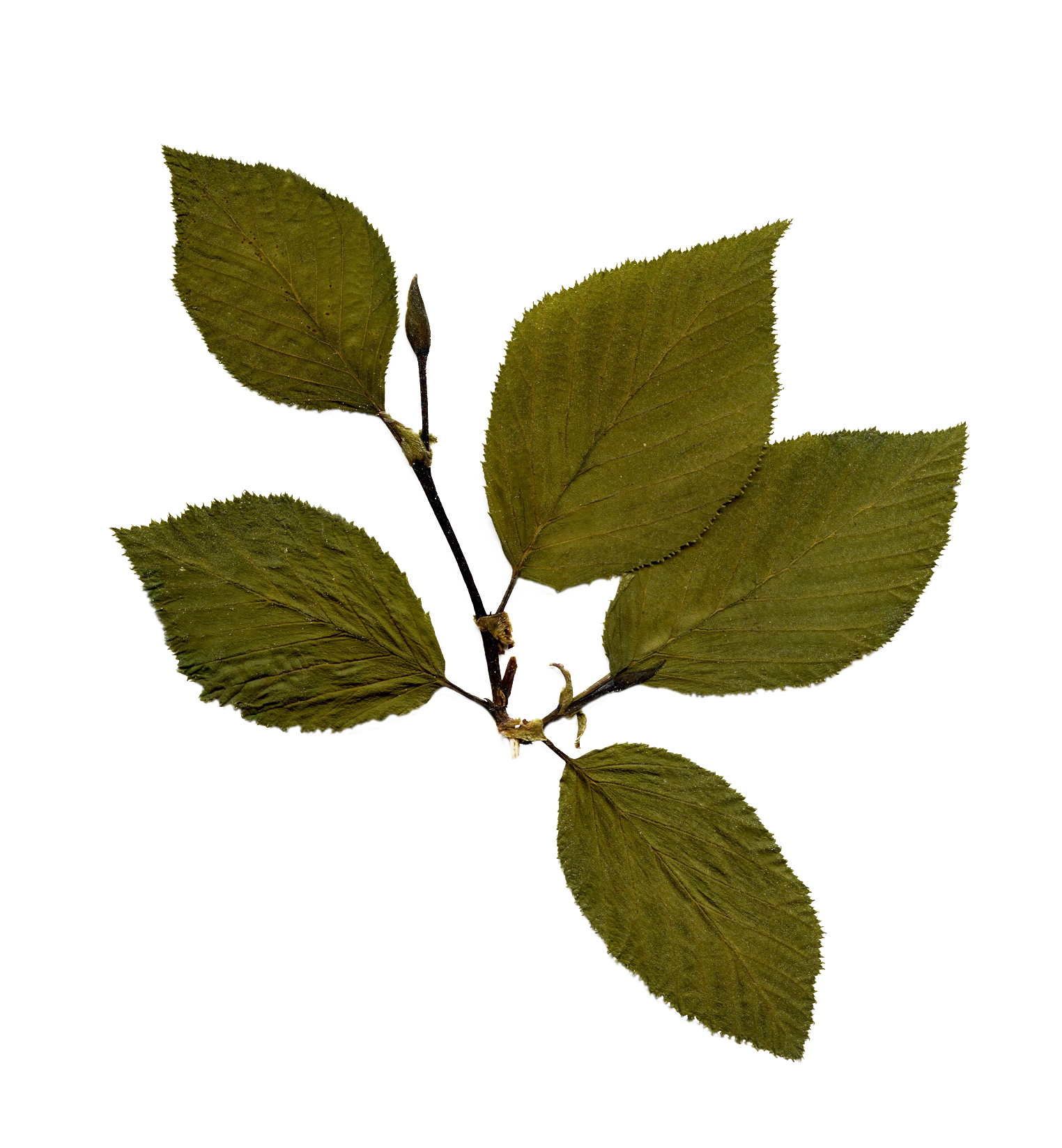The Science of Connection: Ecology, Health, and Medicine
- Harry Foster-Merrill

- Aug 31
- 1 min read
Updated: 4 days ago
When I think of studying rewilded land, I picture the green side of restoration: trees reclaiming space, pollinators buzzing through fields, soil alive again. But the story of rewilding doesn’t stop at biodiversity. It extends into health, medicine, and community. And to tell that story honestly, one discipline isn’t enough.
Science Needs Ecology — and Vice Versa
If microbiologists study soil without understanding how ecosystems recover, they might miss the environmental factors that allow new microbial lineages to flourish. Ecologists, on the other hand, might overlook the biomedical potential hidden within those very same soils. My project sits at the crossroads: exploring whether rewilded ecosystems, by regaining microbial complexity, might also regain the capacity to produce novel antibiotics.
Public Health Brings It Back to People
But discovery alone isn’t enough. If we find that rewilded soils really do harbor greater antimicrobial activity, those results must reach beyond the lab. That’s where public-health and policy comes into play — helping translate data into action, craft accessible messages, and show that restoring land is also a form of preventive medicine.
Leadership Through Collaboration
Interdisciplinary collaboration isn’t just a method; it’s a mindset. It means listening across languages — of bacteria, ecosystems, and communities. It’s the kind of mindset that is critical to finding solutions to our most pressing challenges, and one that sees healing the planet and healing ourselves are part of the same process.
Rewilding isn’t only about bringing nature back. It’s about bringing disciplines — and people — together to create real solutions.



Comments